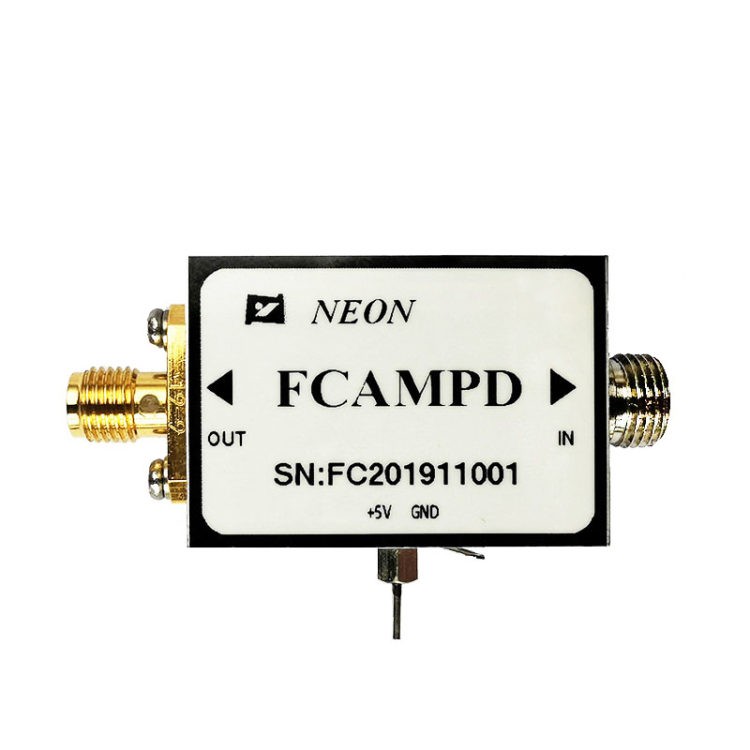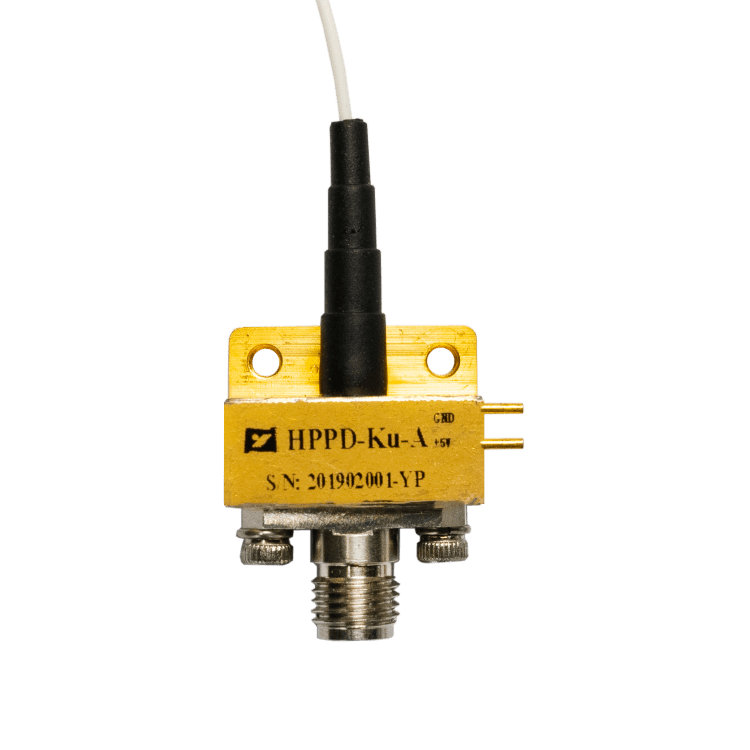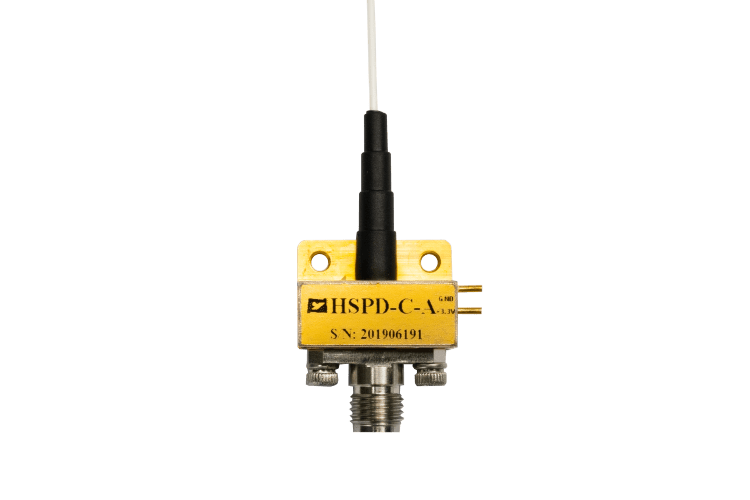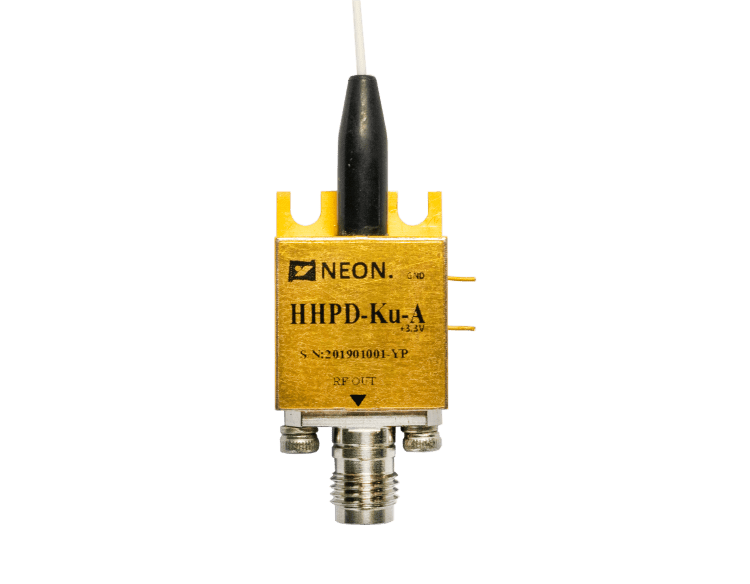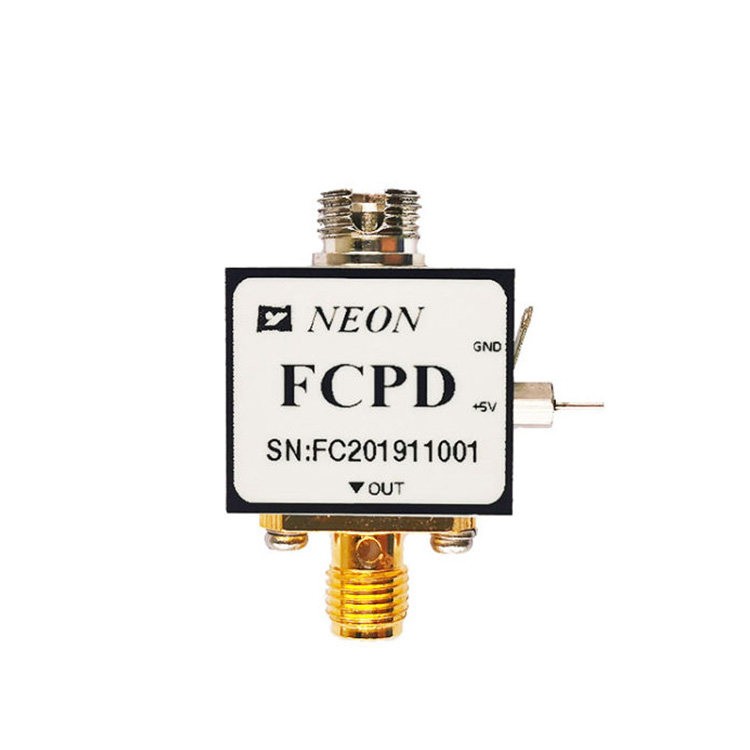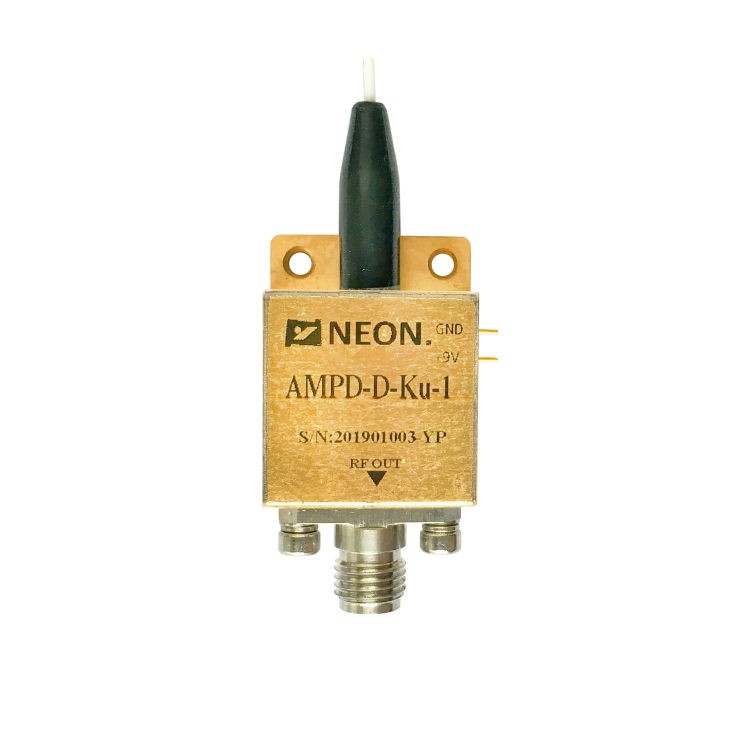8 Applications of Amplified Photodetectors
Amplified photodetectors are essential components in a wide range of modern technological systems, enabling the detection of optical signals with enhanced sensitivity and speed. Photodetectors themselves convert light into electrical signals, a crucial function in industries such as telecommunications, medicine, defense, and scientific research. Amplified photodetectors take this process further by incorporating built-in amplifiers, which boost the electrical signal generated by light, making them ideal for applications where light levels are extremely low or signals change rapidly. This article delves into the multifaceted applications of amplified photodetectors, showcasing their critical role in advancing technology and science.
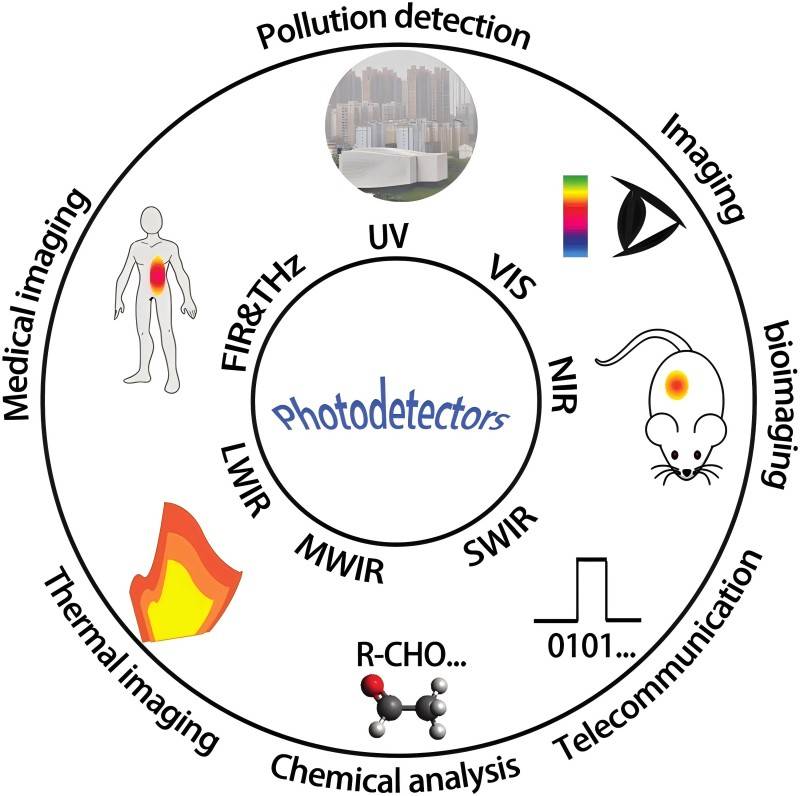
1. Detection of Weak Light Signals
One of the primary applications of amplified photodetectors is detecting weak light signals. This is critical in various fields, especially those that require high sensitivity or operate in low-light environments. Some key applications include:
- Astronomy: Amplified photodetectors are used in telescopes to observe distant stars and galaxies. These celestial objects often emit faint light, which can be overwhelmed by background noise. Amplification allows astronomers to detect and record weak signals, providing valuable data for research.
- Medical Imaging: In techniques like low-light fluorescence microscopy, detecting weak optical signals is essential for studying biological processes at the cellular and molecular levels. Amplified photodetectors help capture faint light from fluorescent markers, allowing researchers to observe intricate details that are otherwise hard to detect.
- Surveillance and Low-Light Photography: In environments where light is scarce, such as nighttime or poorly lit areas, amplified photodetectors improve visibility. Their ability to amplify faint signals ensures clearer images, making them crucial for security applications.
2. Detection of Fast Laser Pulses
The detection of fast laser pulses is another important use of amplified photodetectors, particularly in industrial and scientific applications where lasers emit pulses at extremely high frequencies. Key applications include:
- Industrial Processes: In laser cutting and medical laser treatments, accurately detecting fast pulses is vital for controlling precision operations. Amplified photodetectors convert rapid, low-energy pulses into electrical signals that can be processed and analyzed.
- Scientific Research: Amplified photodetectors are used in ultrafast spectroscopy to study chemical reactions and material properties that occur on ultrafast timescales (picosecond or femtosecond levels). Their quick response allows researchers to capture these dynamic processes in detail.
- Fiber Optic Communication: Fast laser pulses are essential for data transmission in fiber optic systems. Amplified photodetectors ensure these pulses are detected efficiently, maintaining high data transfer rates and ensuring that no information is lost over long distances.
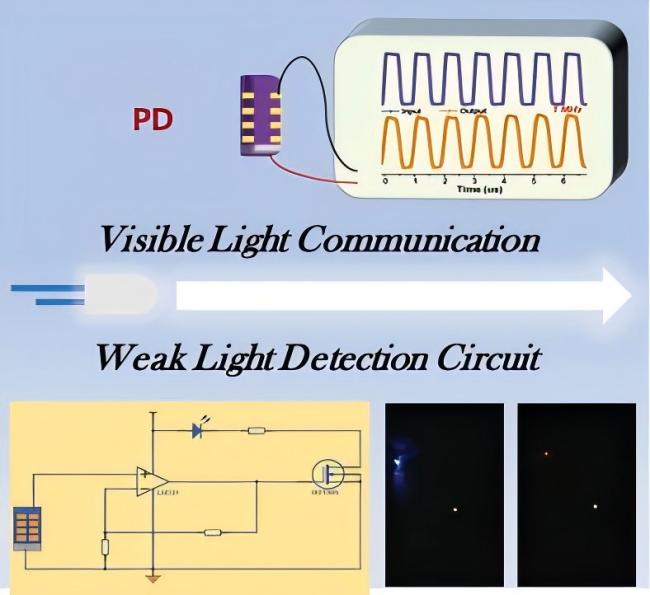
3. Extraction of Radio Frequency (RF) and Pulse Waveforms
Amplified photodetectors are not limited to detecting optical signals; they can also extract radio frequency (RF) and pulse waveforms from optical systems. This capability is crucial in multiple fields, including telecommunications, radar, and signal processing. Key applications include:
- Optical Communication Systems: Data is typically transmitted as light over fiber optic cables but encoded as an RF signal. At the receiving end, amplified photodetectors are essential for converting the light back into an electrical RF signal. Their amplification capability ensures even weak or distorted signals are accurately extracted.
- Radar and Lidar Systems: These systems detect objects and measure distances by sending light pulses and analyzing the time it takes for the pulses to return after hitting an object. Amplified photodetectors detect these returning pulses and extract the pulse waveforms, which are used to determine the object’s location, speed, and size.
- Signal Processing: In general, amplified photodetectors are used to extract and analyze RF and pulse waveforms from optical signals in various high-frequency applications, ensuring precision and accuracy.
4. Heterodyne Detection of Laser Beat Frequency Signals
Heterodyne detection is a technique used to measure the frequency difference between two light sources. Amplified photodetectors are critical for detecting weak beat frequency signals in several precision applications, such as:
- Spectroscopy and Metrology: In laser spectroscopy, small shifts in frequency can provide valuable insights into the physical properties of materials. Amplified photodetectors boost weak beat frequency signals, enabling precise frequency measurements.
- Coherent Optical Communication: In coherent communication systems, phase and frequency information is transmitted, and heterodyne detection is used to demodulate these signals. Amplified photodetectors ensure weak beat signals are detected and amplified, supporting reliable communication.
- Frequency Measurement: The amplification provided by photodetectors in heterodyne systems allows for highly accurate frequency measurements, critical in both scientific research and high-precision industrial applications.
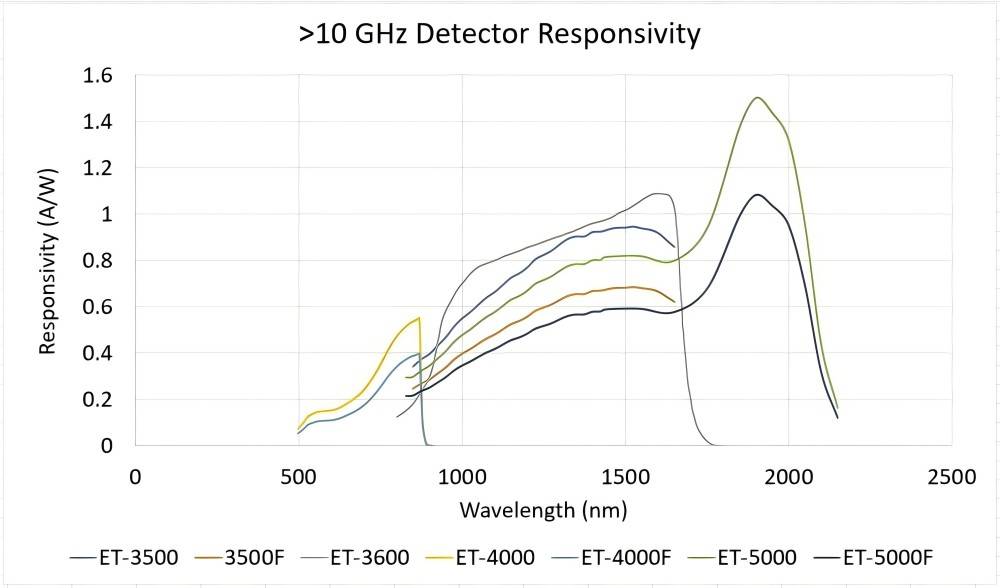
5. Optical Fiber Sensing Systems
Optical fiber sensing systems are widely utilized for monitoring physical changes in the environment, and amplified photodetectors play a crucial role by detecting small changes in optical signals with high sensitivity. Key applications include:
- Infrastructure Monitoring: Distributed fiber optic sensing systems send light through a fiber, where stress, temperature changes, or vibrations cause variations in the light signal. Amplified photodetectors detect these changes and provide real-time data on the structural health of bridges, tunnels, and pipelines, allowing for early detection of potential issues.
- Environmental Sensing: In environmental monitoring, amplified photodetectors are used to detect changes in optical signals caused by physical factors like temperature or pressure, providing valuable data for understanding environmental conditions.
- Industrial Automation: In industrial settings, these systems are used to monitor critical processes, ensuring precision and safety. Amplified photodetectors help detect small changes in optical signals that indicate shifts in operational conditions.
6. Optical Signal Detection in Fiber Optic Communication
Amplified photodetectors are crucial in fiber optic communication systems, where they perform essential functions to ensure effective data transmission. Their key roles include:
- Detection and Decoding: Amplified photodetectors are used to detect and decode light signals transmitted over optical fibers. As fiber optic communication forms the backbone of modern internet and telecommunication networks, these detectors ensure that even weak signals, which have deteriorated over long distances, can be detected and accurately decoded.
- Signal Integrity and Speed: By amplifying weak signals, photodetectors help maintain the integrity and speed of the communication network. This amplification ensures reliable data transmission and supports the seamless functioning of global communication networks.
- Processing: At the receiving end of a fiber optic link, photodetectors convert the optical signal back into an electrical signal that can be processed by electronic equipment, ensuring the accurate delivery of data.
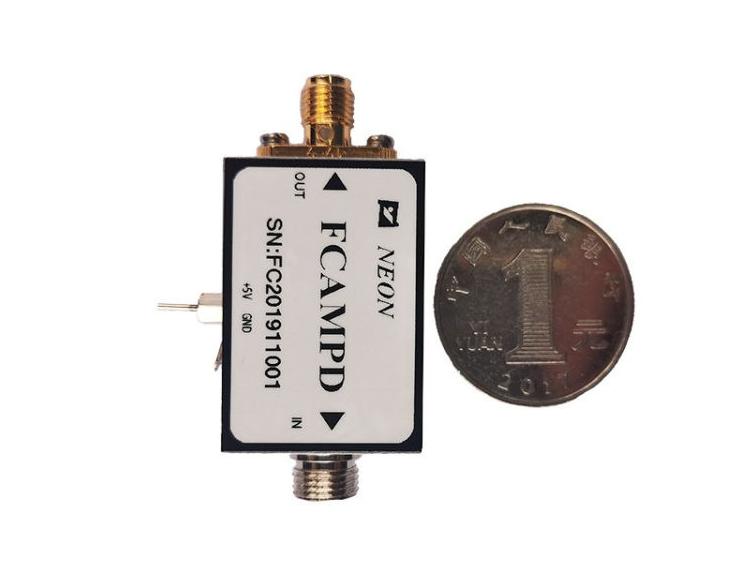
7. Optical Power Monitoring
Monitoring optical power is critical for systems that use light, such as fiber optic communication networks and laser systems. Amplified photodetectors play a vital role in this process:
- Fiber Optic Communication Systems: In these systems, amplified photodetectors measure the optical power levels of transmitted light. This ensures that the signals are strong enough to reach their destination without being excessively strong, which could potentially damage the fiber or receiving equipment.
- Laser Systems: Optical power monitoring in lasers is essential for maintaining safe operational limits. This is particularly important in applications such as laser surgery, where precise control of the laser’s power is crucial for safe and effective treatments.
8. Optical Fiber Transmission Signal Reception
In optical fiber transmission systems, amplified photodetectors are used to receive signals at the destination, especially over long distances:
- Long-Distance Communication: Amplified photodetectors ensure that optical signals, which may have weakened over long distances, are still accurately detected and converted into electrical signals. This capability is vital for efficient and reliable data transmission in global communication networks, including undersea cables that connect continents.
- Efficient Data Transmission: By amplifying signals that have traveled extensive distances, these photodetectors support the high performance of communication networks and ensure the continuous flow of data across vast geographic areas.
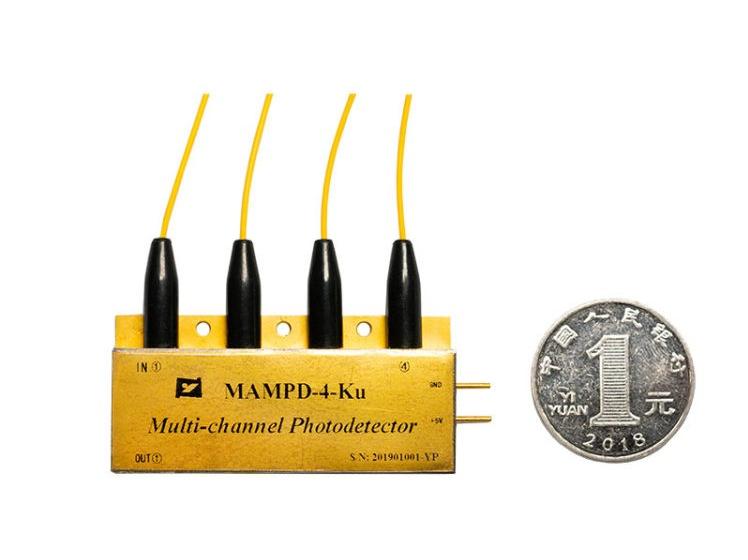
In summary, amplified photodetectors play an irreplaceable role in various fields such as scientific research, industry, healthcare, and communication. The continuous advancement of their technology is of great significance for promoting the development of related fields.


